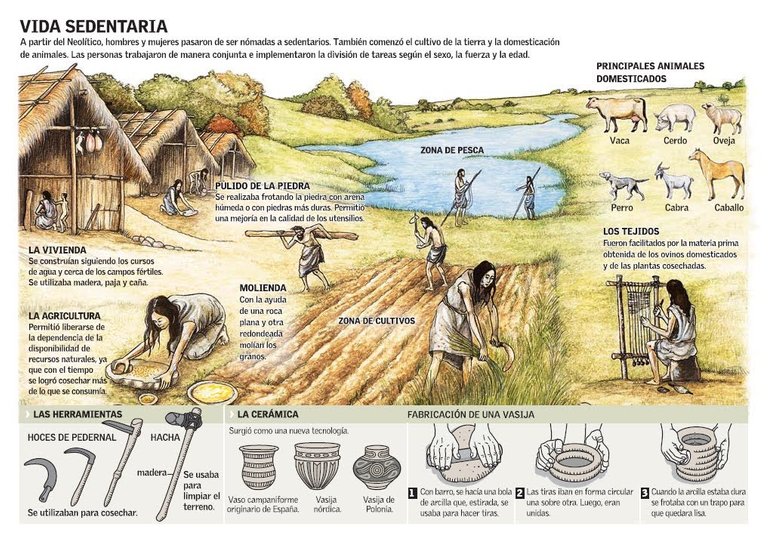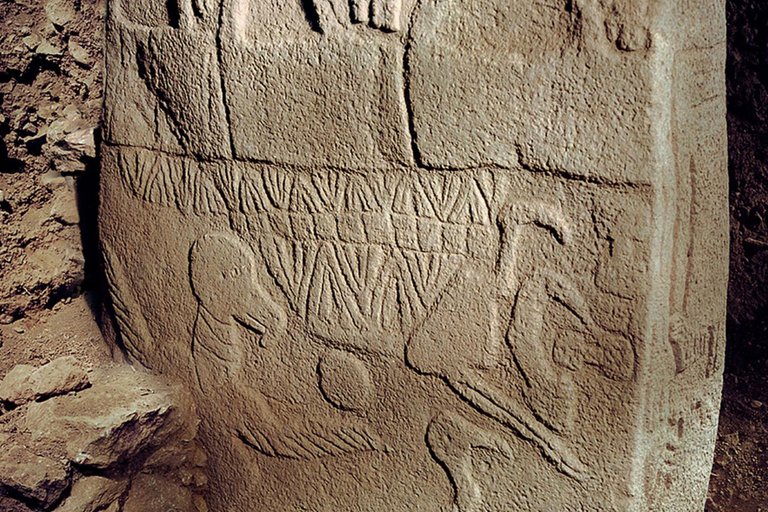New discovery at Gobekli Tepe challenges orthodox archaeological theories

Source
Since school they have been explaining to us how the human being, until the arrival of the Neolithic, was dedicated to hunting and gathering food, chasing herds of animals in their migrations, leading a nomadic life.
This way of life took too long so, in theory, it did not give them much time to think about making temples or other types of buildings, since they were not even in one place for too long to use them.
But, according to experts, around ten thousand years ago we began to domesticate animals and plants, moving from a nomadic life of hunters and gatherers to start growing their food, which would lead to the birth of agriculture.
Supposedly, having his livelihood assured, homo sapiens had time to ponder after the siesta and think about gods, rules and how to bother their neighbors.

Source
Göbekli Tepe is an ancient sanctuary that rises about 15 km northeast of the city of Sanliurfa (ancient Urfa / Edessa), in south-eastern Turkey, near the border with Syria.
The archaeological excavations in this enclave began in 1994 and since then numerous archaeological remains have been found, it contains monolithic pillars decorated with figures of animals of various species, joined by walls forming circular structures.
So far everything seems normal, the world is full of similar remains, the amazing thing is that these remains are dated to about 12,000 years old, something like 7,000 years before the pyramids of Egypt.
This supposes that already at that time they had sedentary lives and they should cultivate their food and raise cattle to be able to use the time in these constructions, especially considering that it is not a question of houses but of a temple.

Source
But this is not the news, for years the antiquity of these buildings has been known, the most amazing thing is that, as the excavations progress, they discover other modules of this construction and have discovered that the centers of 3 of these circles form a perfect equilateral triangle.
This means that not only did they know how to build and carve the stone, but in some way they possessed geometric and architectural knowledge, so the date when humans were hunter-gatherers moved further away.
All this will undoubtedly force in the short / medium term to change all the books of history, anthropology, archeology and all the disciplines that have something to do with the history of humanity.
More information:
https://archaeologynewsnetwork.blogspot.com/2020/05/geometry-guided-construction-of-gobekli.html


Versión en español
In the olden days, it is obvious that hunting is one of the major source of livehood and the dwelling in temples is also common.
But nowadays the number of temples is decreasing and decreasing as year goes by
Perhaps people did not want to dwell in the olden days system again.
And to hear some history about tepe is amazing as just heading the name for the first time